School & Community Garden Resources
School Gardens
School gardening engages students by providing a dynamic environment to observe, discover, experiment, nurture and learn. School gardens are living laboratories where interdisciplinary lessons are drawn from real-life experiences, encouraging students to become active participants in the learning process.
A rich collection of resources is available, including information about the policy for the national farm-to-school movement, which helps students gain access to healthy local foods. Resources also include educational opportunities, such as school gardens, cooking lessons, and farm field trips.
How-To tips for growing and cooking your own produce.
School gardens are a great way to tangibly introduce S.T.E.M subjects to students, promote environmental stewardship, while encouraging nutrition and healthy behaviors. Before constructing a garden at your school, review the factors you should consider to ensure a successful garden program.
National Farm to School Network
A list of online USDA, local, and national resources for school and community gardens.
Public Schools of North Carolina – School and Community Gardens
Developed by NC Cooperative Extension, this site provides information about local food system resources and timely information to residents across North Carolina.
NC Cooperative Extension – School Gardens
Growing Minds trains individuals to establish Farm-to-School gardens and to integrate gardening into state and national curriculums.
Growing Minds Farm-to-School Program
The Eat Smart, Move More NC initiative provides a guide to establishing a community or school garden, including planning, partnerships, building, and harvesting.
Eat Smart, Move More North Carolina: Growing Communities through Gardens
This site is a resource sponsored by the National Gardening Association to help facilitate school gardening as an enriching experience for children, families and communities.
Kids gardening provides lesson plans, grants, ideas, and so much more.
A number of garden curriculums and lessons are available. Many of these can help with planning and incorporating garden activities and lessons within your classroom.
Lessons/Curriculum Resources

Find resources to help fund your school or community garden. A list of funding resources may be found at the NC Cooperative Extension.
Gardening with children provides numerous opportunities for hands-on learning. Gardening helps children build an understanding of and respect for nature and the environment. With some planning, you can design and install a garden that will suit the needs of the children and adults that will be using it. Dream big, start small, and have fun!
For successful growth, gardens should be located in a sunny area. At least 6 – 8 hours of direct sunlight is recommended.

Seasonal Vegetable Planting Guide
Find out what to plant and when. Know what to plant from seeds and what vegetables are typically transplanted, as well as how to care for your plants.
Planting Dates Calculator for Places in North Carolina
Knowing what to plant when for the best harvest will make your garden bountiful of healthy options. Explore these links to learn what to plant based on where you live in NC.
Knowing what crops are available during which seasons is important to determine what you want to plant and harvest throughout the year.

Watering your garden is essential for a healthy harvest. However, it does not have to be complicated if you know your soil and plants. Consider adding a rain barrel to collect rain water for more sustainable gardening. Roof water run off goes into the barrel, use a screen cover to keep out mosquitoes and debris, and attach a hose to the spigot to water your garden.

Long lasting materials, such as cedar, composite lumber, brick, stone, or redwood are recommended, as they are more resistant to weathering. Raised beds should not exceed more than three to four feet in width to allow children to access plants easily. A nutrient-rich soil will help your garden thrive.

Not ready to plant a garden in a raised bed? Consider container gardening for small spaces or individual classes as a way to get started.

Composting is a natural biological process that breaks down organic material under aerobic conditions into stable compost. Mature compost is called humus and is dark brown or black and has a soil-like, earthy smell. It promotes healthy plant growth and restores soil vitality.
Backyard Composting of Yard, Garden, and Food Discards
Recycle Roundup Online Game – Your job is to sort the stuff people throw away and put it in the proper bin!

Herbs are an excellent way to season foods without adding extra salt, sugar, or fat. The bouquet of flavors you can create by combining herbs will leave your mouth watering and wanting more.
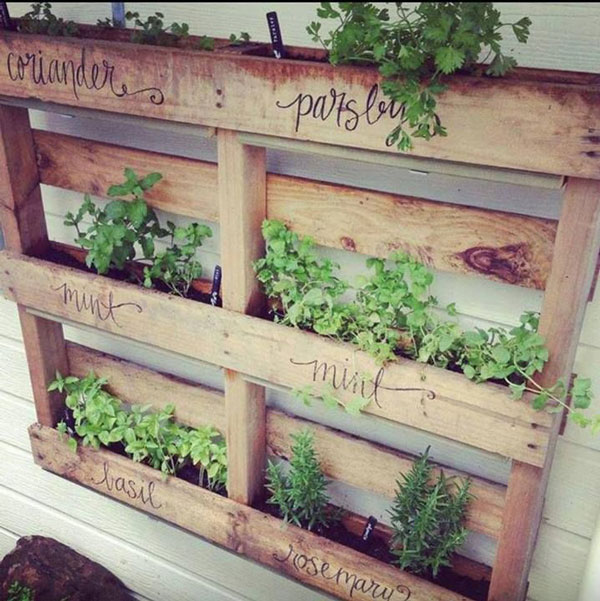
A wide variety of fruit producing trees do well in North Carolina. They are a wonderful addition to any yard, but do require proper soil preparation, site selection, and planting to thrive. Plant them in groups of at least two to ensure they bare fruit. Be aware of pests and pruning tips to help keep trees producing year after year. Explore these links to learn what to plant based on where you live in NC.

Blackberries, blueberries, muscadine grapes, and strawberries are among the best choices of fruits and fruit bushes to plant in NC. Choose a sunny and well drained location. Also, many varieties of fruit bushes require cross-pollination and will need to be planted in pairs of more than one variety in order to bare fruit. Consider covering them with mesh to protect the fruit from hungry critters, such as birds.
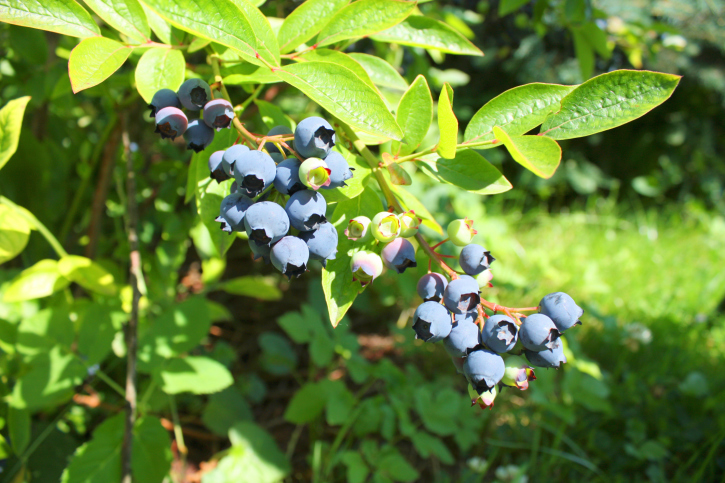
Pollinators are responsible for assisting over 80% of the world’s flowering plants. Without them, humans and wildlife wouldn’t have much to eat or look at.
USDA Forest Service – Pollinators
Discover the best plants to attract pollinators in your area to help your garden flourish.
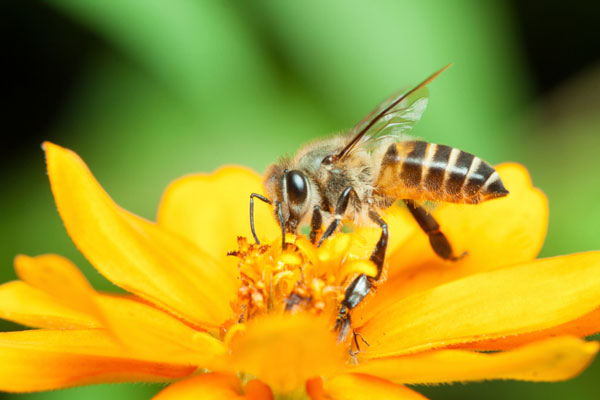
The nutritional content, freshness, and flavor that vegetables possess depends upon the stage of maturity and the time of day at which they are harvested. Harvest vegetables during the cool part of the morning and process or store them as soon as possible. If processing must be delayed, cool the vegetables in ice water or crushed ice and store them in the refrigerator to preserve flavor and quality.

As cold snaps occur in the winter, it is important to protect the garden from frost. Lightweight fabric can help protect plants from the freezing temperatures.
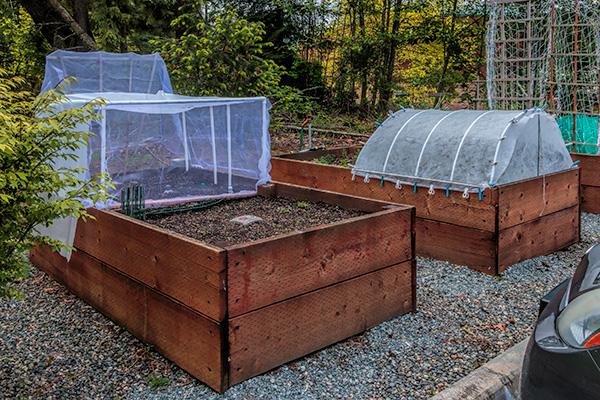
Having the right tools on hand to get your garden going and looking good for the entire season is important. These links will help you determine which tools and garden supplies you need for your garden.

Everyone enjoys a lush garden – including critters. Fencing is critical to deterring animals – large and small – from enjoying your garden before you can. Erect fencing before you start to plant anything. Type of fencing will depend on the animals in your area. Chicken wire fencing may be enough for small animals, such as rabbits and woodchucks. Electric fencing may be necessary for deterring burrowers and crafty critters, such as raccoon. If you have deer, you may need to consider tall fencing. Before you plant anything, think about the animals in your area to select the appropriate fencing.

When planning a garden, it’s important to consider people of all abilities. Wide hard-packed paths, raised beds, and standing planters are important considerations for people in wheelchairs and with disabilities. Building an accessible garden will ensure that everyone can enjoy the garden.

Add a lending library to your garden to house books about gardening and wellness. Or, keep these books on hand in your classroom, library, or community center as a resource for gardeners. Explore books for adults and children at the links below.
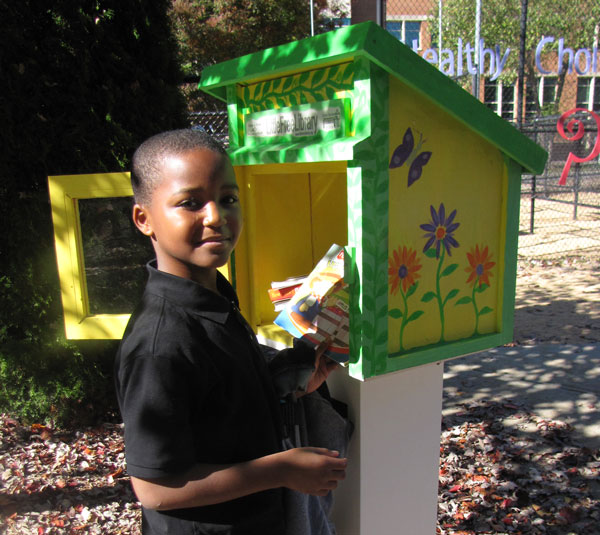
Air pollution can damage lungs, trigger asthma episodes, and weaken immune systems. Consider initiating an Air Quality Flag Program at your school or organization. The program provides daily updates about air quality so you can make informed decisions about your outdoor activity.

Gardening is known for its benefits in multiple dimensions of wellness, including physical and mental well-being. To insure you experience all the benefits of gardening, remember to also be safe in the garden.

Being physically active is important for overall fitness and overall health. It helps to reduce the risk of certain diseases, such as heart disease, diabetes, and some cancers, as well as slows the progression of some diseases. Recommendations vary by age and physical condition. The key is to remain active for a long, healthy life.
- Do 60 minutes of activity per day for improved learning, happiness, and health (i.e. walking, biking, jumping rope, playing outside).
- Strength and flexibility training should be done 2-3 times per week to build muscular strength (i.e. martial arts, yoga, lifting weights).
- Aerobic exercise improves cardiovascular health by strengthening the heart and lungs (i.e. swimming, soccer, running).

To help achieve 60 minutes of activity a day, kids may choose to ride their bikes to school. This is a great physical activity, but must be done safely. Bike safety rules should always be followed.
Looking to learn more about the foods you eat? Be a nutrition detective and discover what your body is getting when you choose the foods you consume.
USDA National Nutrient Database
Harvesting your garden is the payoff to all the love and energy you put into your edible plants. Enjoy your harvest fresh, pair foods, or enhance them with a great recipe that combines multiple ingredients to make the flavors pop.
